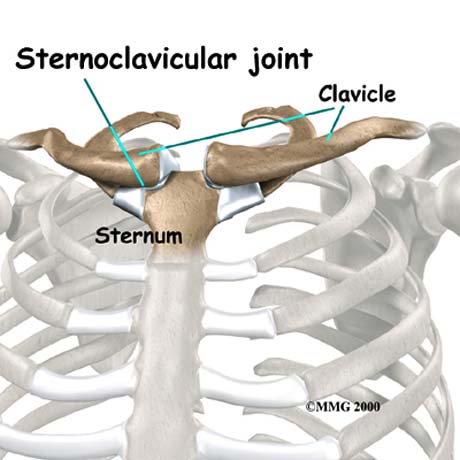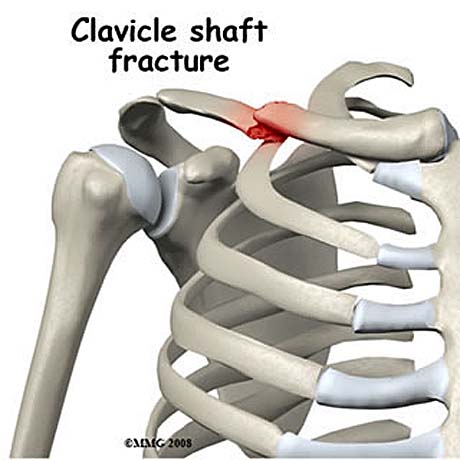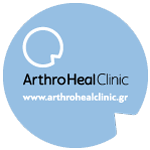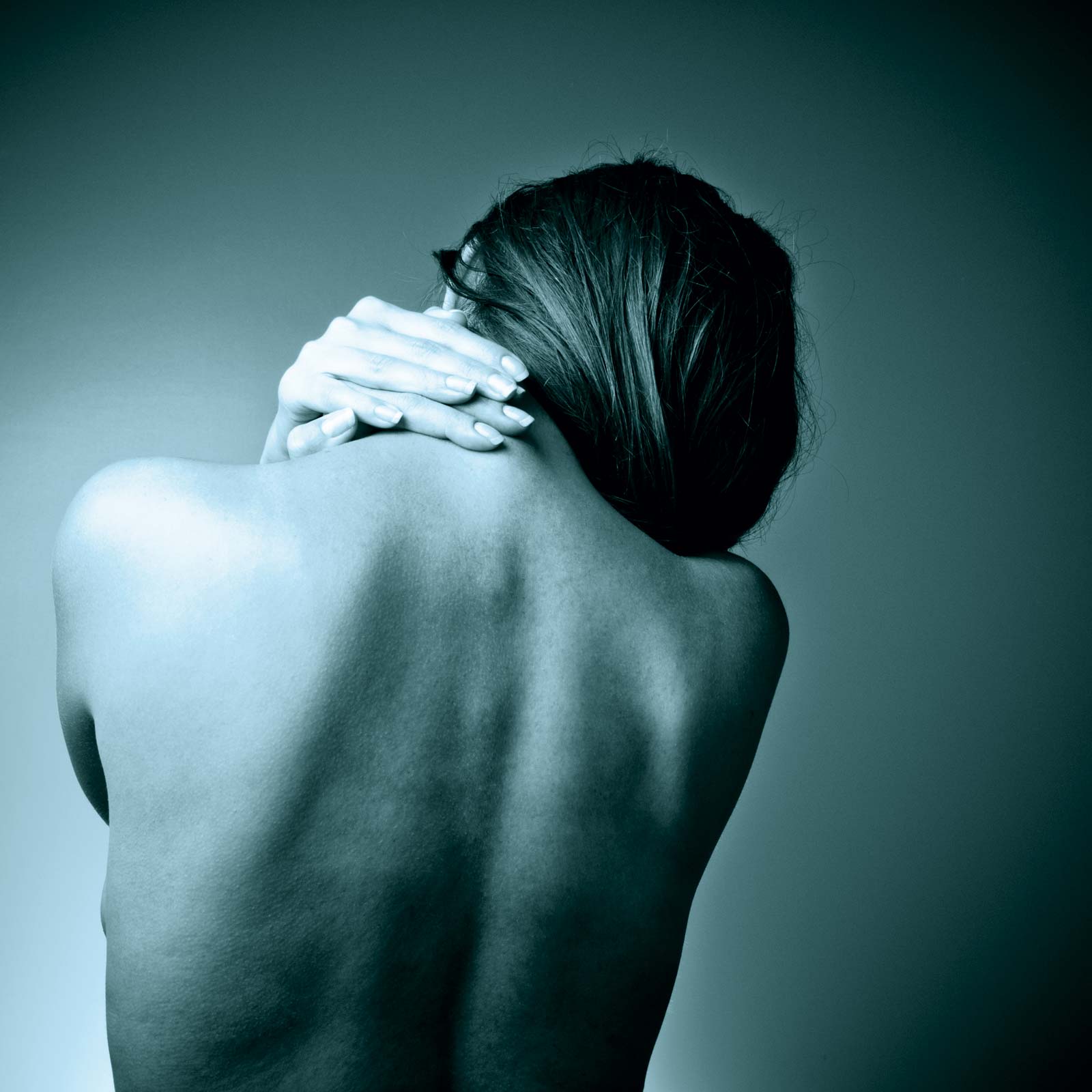CLAVICLE FRACTURE
The clavicle is responsible for bracing the shoulder girdle and propping it away from the sternum and the thoracic cage.
This strut function affordscosmesis and posture to the shoulder girdle.
The clavicle lies above several important nerves and blood vessels. However, these vital structures are rarely injured when the clavicle breaks, even though the bone ends can shift when they are fractured.

CLAVICLE FRACTURE

The mechanism of injury is:
• fall onto outstretched hand (sports injury)
• direct shoulder trauma (traffic accident)


The vast majority of fractures will result from a simple fall, a fall from a height, a fall during sports activity, or a motor vehicle accident.
The diagnosis of clavicle fracture is typically made on a single anteroposterior radiograph.
Shaft clavicle fracture. The central part is upward due to sternocledomastoid tendon traction
Clavicle fractures can be very painful and may make it hard to move your arm.
Additional symptoms include:
•Sagging shoulder (down and forward)
•Inability to lift the arm because of pain
•A grinding sensation if an attempt is made to raise the arm
•A deformity or "bump" over the break
•Bruising, swelling, and/or tenderness over the collarbone


